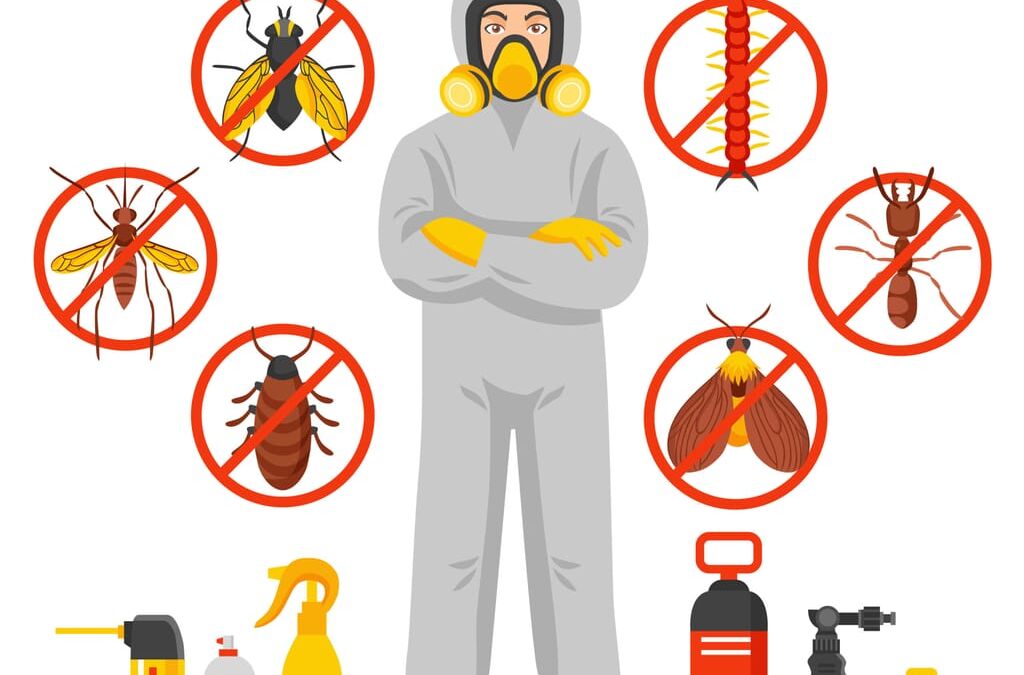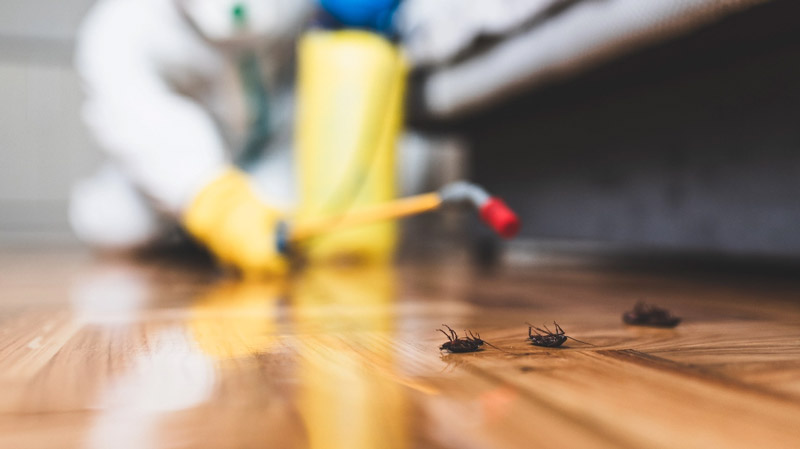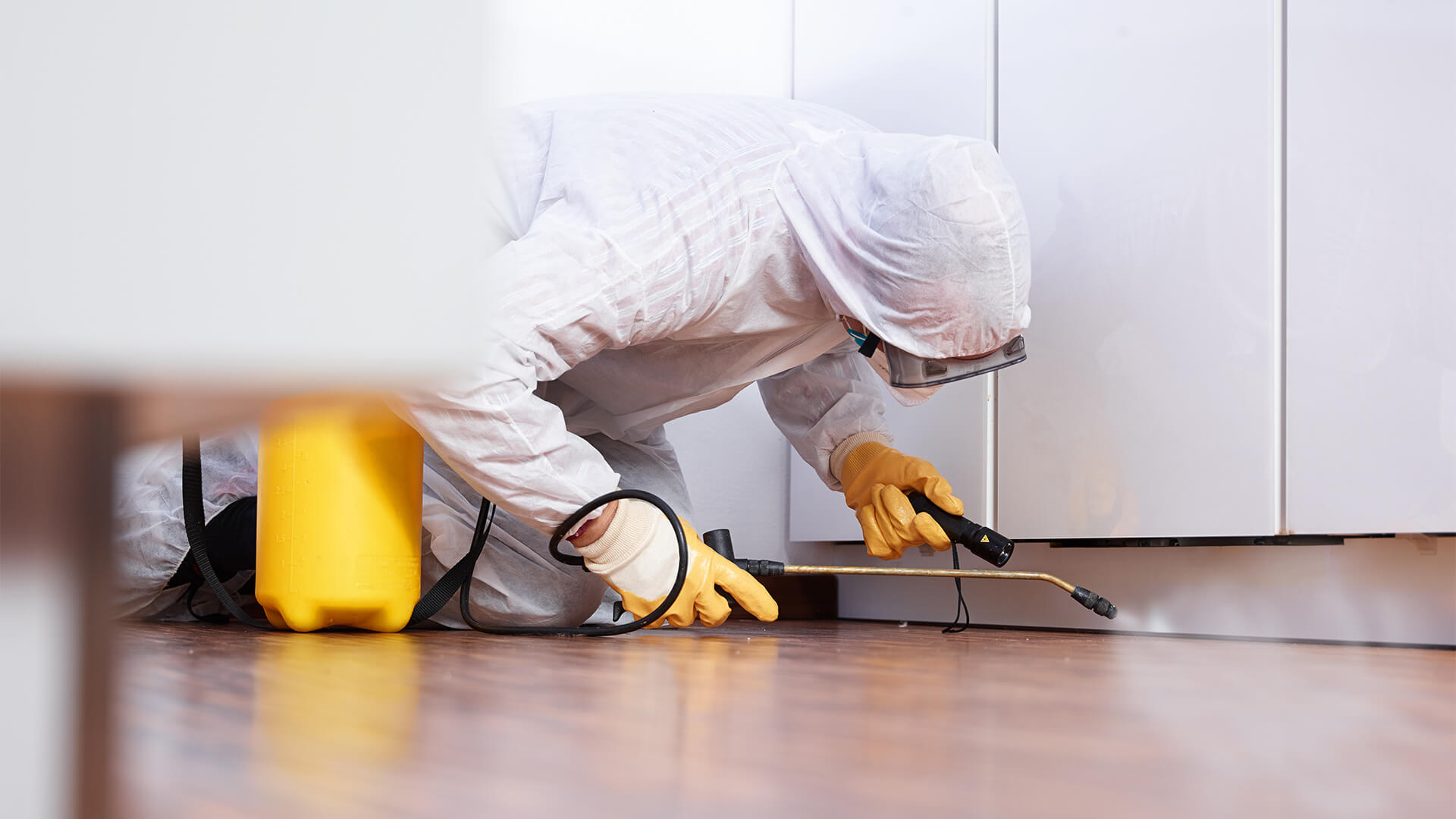Safe and Reliable Bug Control for Lasting Defense
Effective pest administration requires a multifaceted approach that stabilizes environmental integrity with the demand for effective bug suppression. The subtleties of these methods might not be promptly clear, motivating a better examination of the techniques that can lead to sustainable parasite control outcomes.
Understanding Parasite Control Techniques
Parasite control includes a selection of methods targeted at handling and removing undesirable insects and rats that can threaten both health and wellness and property. Comprehending these approaches is important for reliable pest administration.
The primary categories of pest control techniques consist of mechanical, organic, and chemical methods. Mechanical techniques entail physical barriers and traps to protect against pest entry and capture undesirable species. Making use of screens on windows or employing sticky traps can significantly minimize parasite populaces without presenting harmful substances - exterminator coquitlam.

Chemical bug control is frequently one of the most identified approach, using chemicals to remove pests. These chemicals can be effective but have to be used with care to avoid unfavorable effects on non-target species and the environment.
Benefits of Eco-Friendly Solutions
Exactly how can environment-friendly services change insect control methods? The adoption of eco-friendly parasite control approaches provides various benefits, significantly boosting the efficiency and security of parasite administration (exterminator coquitlam). Firstly, these remedies use natural active ingredients, minimizing the reliance on unsafe chemicals that can present risks to human health and wellness and the environment. This shift not just protects pets and families yet also lessens the potential for soil and water contamination.

One more advantage is the positive influence on regional biodiversity. Environmentally friendly services are developed to target particular pests while preserving advantageous bugs and wildlife, advertising a well balanced ecological community. This technique lines up with the growing consumer need for lasting methods, enhancing the reputation of pest control service providers.
Integrated Parasite Administration Methods
The application of environmentally friendly solutions normally results in the adoption of Integrated Pest Monitoring (IPM) methods, which even more enhance parasite control effectiveness. IPM is a holistic strategy that incorporates numerous strategies to handle parasite populaces while minimizing ecological effect. This method highlights the usage of biological, cultural, mechanical, and chemical controls, ensuring a well balanced and sustainable approach of bug management.
One essential aspect of IPM is the detailed evaluation of pest task and environmental problems. By keeping track of parasite populations and determining their life process, professionals can implement targeted interventions that interfere with the insect's environment or lifecycle, reducing reliance on chemical pesticides. In addition, cultural methods such as plant turning and habitat control can significantly diminish parasite useful content establishment and reproduction.
An additional crucial element is using organic control representatives, such as beneficial bugs or bacteria, which can normally subdue pest populations. When chemical applications are needed, IPM focuses on using low-risk pesticides and applies them precisely, decreasing exposure to non-target organisms and people.
Integrating IPM approaches not just improves pest control effectiveness however additionally advertises a safer ecosystem, aligning with the growing demand for sustainable practices in insect administration.
Safe Practices for House Owners
Recognizing the relevance of secure techniques in parasite control can equip homeowners to effectively manage pest issues while safeguarding their health and the setting. Implementing preventative actions and safe techniques is critical in reducing exposure to harmful chemicals.
Homeowners need to initially assess their setting for conditions that bring in insects, such as standing food, clutter, and water waste. Frequently cleansing and securing entrance points can prevent pests from attacking the home. Utilizing all-natural deterrents, such as crucial oils or diatomaceous planet, can offer effective choices to chemical pesticides.
When chemical therapies are required, home owners should opt for products that are especially classified as risk-free for domestic usage. It is necessary to adhere to termite protection application standards diligently to avoid too much exposure. In addition, utilizing targeted therapies in areas where insects are determined, instead of covering splashing, can considerably lower chemical use.
Last but not least, maintaining open communication with bug control professionals is important. House owners need to inquire about the security of products utilized and request eco-friendly options whenever possible. By adopting these safe practices, property owners can produce a much healthier living setting while effectively managing pest issues.

Tips for Long-Term Security
Establishing an insect administration technique that highlights long-term protection can considerably improve the effectiveness of the safe practices formerly gone over. To accomplish this, property owners ought to implement normal examinations of their home, concentrating on hidden areas such as attic rooms, basements, and crawl rooms. Early detection of insect activity is essential in avoiding problems from holding.
These techniques reduce attractants that attract pests into the home. Sealing access factors, such as splits around windows and doors, can effectively obstruct possible insect access.
Landscape design ought to likewise be considered; keeping plants cut and keeping a range between plants and the home minimizes hiding areas for parasites. Utilizing natural deterrents, such as crucial oils or diatomaceous earth, can better discourage infestations without turning to rough chemicals.
Lastly, collaborating with an expert bug control solution for periodic assessments can supply an added layer of security. These professionals can use customized referrals and progressed therapies, ensuring that your home remains safeguarded against insects in the long-term.
Final Thought
In verdict, reputable and risk-free bug control needs a diverse technique that highlights eco-friendly approaches and incorporated parasite monitoring. By implementing natural find out here deterrents, conducting normal examinations, and keeping appropriate hygiene, homeowner can significantly reduce parasite populaces while shielding beneficial pests and the setting. Partnership with expert pest control solutions boosts the efficiency of these methods, making sure tailored solutions that give enduring protection and assurance versus future invasions.
Effective pest monitoring needs a complex technique that balances eco-friendly stability with the need for reliable bug suppression. The fostering of environmentally friendly pest control techniques offers countless benefits, substantially enhancing the performance and safety of parasite administration.The execution of environmentally friendly remedies naturally leads to the adoption of Integrated Insect Administration (IPM) approaches, which further enhance pest control efficacy. exterminator coquitlam. By checking pest populations and identifying their life cycles, professionals can implement targeted treatments that interfere with the parasite's habitat or lifecycle, decreasing reliance on chemical pesticides.In conclusion, trustworthy and risk-free bug control calls for a multifaceted method that emphasizes green methods and integrated bug administration